Photos published over the past few weeks shed additional light on a new Russian glide bomb that has seen growing use in Ukraine: the UMPB D-30SN. The pictures, shared by Russian Telegram channels and Ukrainian officials, offer insights into the weapon’s design and possible production rate.
Russia’s Need for Cheap Glide Bombs
Prior to its February 2022 invasion of Ukraine, Moscow underestimated its need for glide bombs and other precision-guided munitions (PGMs), as the Russian Air Force’s commander has acknowledged. Russia did field some glide bombs of various types. But those munitions are expensive, available in relatively small numbers, and have seen sparing employment in Ukraine.
During the war’s opening phase, Russia failed to destroy most of Ukraine’s long- and medium-range surface-to-air missile systems. This failure, along with Ukraine’s plentiful supply of man-portable air defense systems, made it perilous for Russian aircraft to drop dumb bombs near the front lines, let alone deep in Ukraine’s rear. Russian aircraft all but ceased flying penetration sorties by April 2022. Lacking enough standoff PGMs, Russian jets attempting to support ground troops were forced to lob unguided rockets or conduct risky, low-altitude bombing runs with dumb bombs. These tactics were not terribly effective, and the bombing runs resulted in unsustainable aircraft losses.
To address its shortage of standoff PGMs, Russia hurriedly developed the UMPK, first seen in January 2023. Short for “Universal Gliding and Correction Module,” the UMPK is a crude analogue of the U.S.-made JDAM-ER, the extended-range version of the Joint Direct Attack Munition. It is a cheap kit that adds pop-out wings, tail fins, and a guidance system to dumb bombs, of which Russia has plenty. These munitions can then be launched at static targets from beyond the range of most Ukrainian air defense systems.
Though often inaccurate, the UMPK has made a difference in Ukraine. Russia is pounding Ukrainian positions and towns with over 100 glide bombs per day, compounding the effect of Moscow’s advantage in artillery ammunition. This aerial bombardment played an important role in Russia’s capture of Avdiivka in February. Moscow hopes it will similarly help Russian forces take other cities in eastern Ukraine, such as Chasiv Yar.
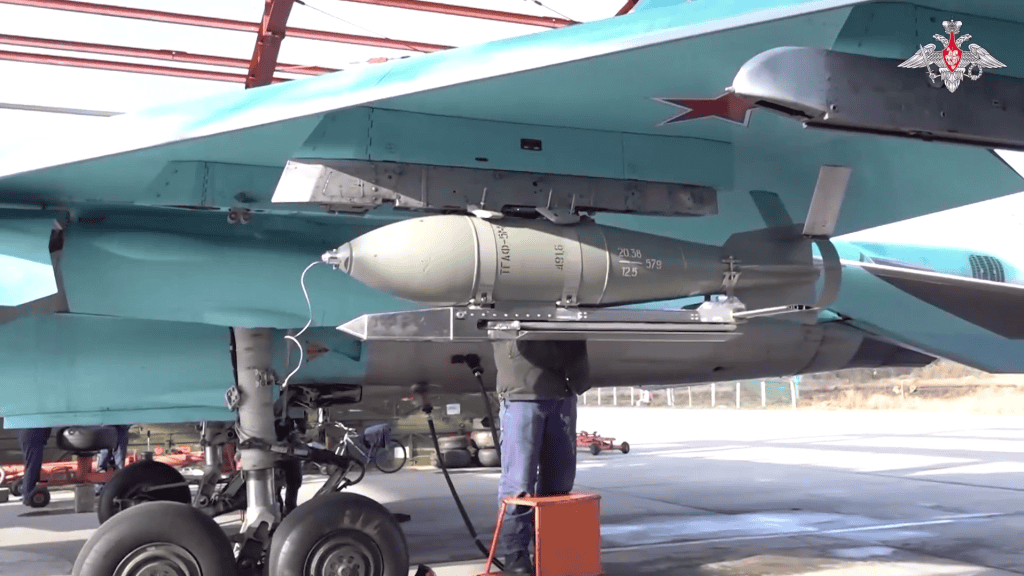
Background on the UMPB
Russia has now expanded its glide bomb arsenal with the UMPB D-30SN. Rather than an add-on kit like the UMPK, the UMPB is a purpose-built glide bomb. It is roughly analogous to the U.S.-made GBU-39/B Small Diameter Bomb (SDB), a 250-pound-class glide bomb that entered service in 2006.
The SDB is designed to hit fixed or stationary targets at pre-programmed coordinates, using GPS and inertial guidance. The United States developed the SDB out of a need for a smaller-sized standoff PGM. The SDB’s small size (relative to 1,000-pound and 2,000-pound bombs) allows for increased aircraft loadout, reduced collateral damage, a lighter logistical footprint, and a higher sortie generation rate. According to Boeing, the SDB’s maximum range is over 60 nautical miles, or 111 kilometers. The GBU-39/B carries a 206-pound (93-kilogram) warhead that can penetrate up to 3 feet of reinforced concrete.
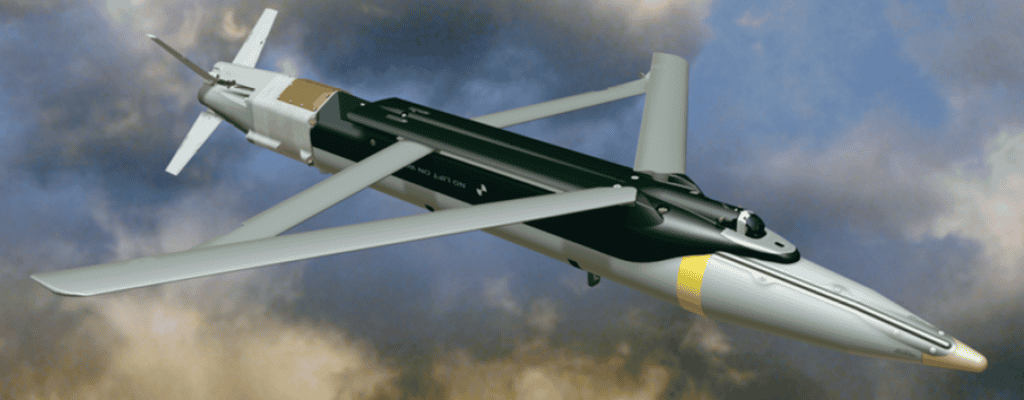
The UMPB was first seen in public in early March 2024. A Ukrainian Telegram channel shared photos of remnants of the previously unknown Russian munition, which a Russian channel then said is called the UMPB D-30SN. The Ukrainian channel, purportedly run by a General Staff officer, said the bomb uses inertial and satellite guidance, the latter supported by a “Kometa” controlled reception pattern antenna, or CRPA. The Kometa module reportedly was the newer, more jam-resistant version (with eight rather than four antennas), which Russia has also increasingly used in the UMPK.


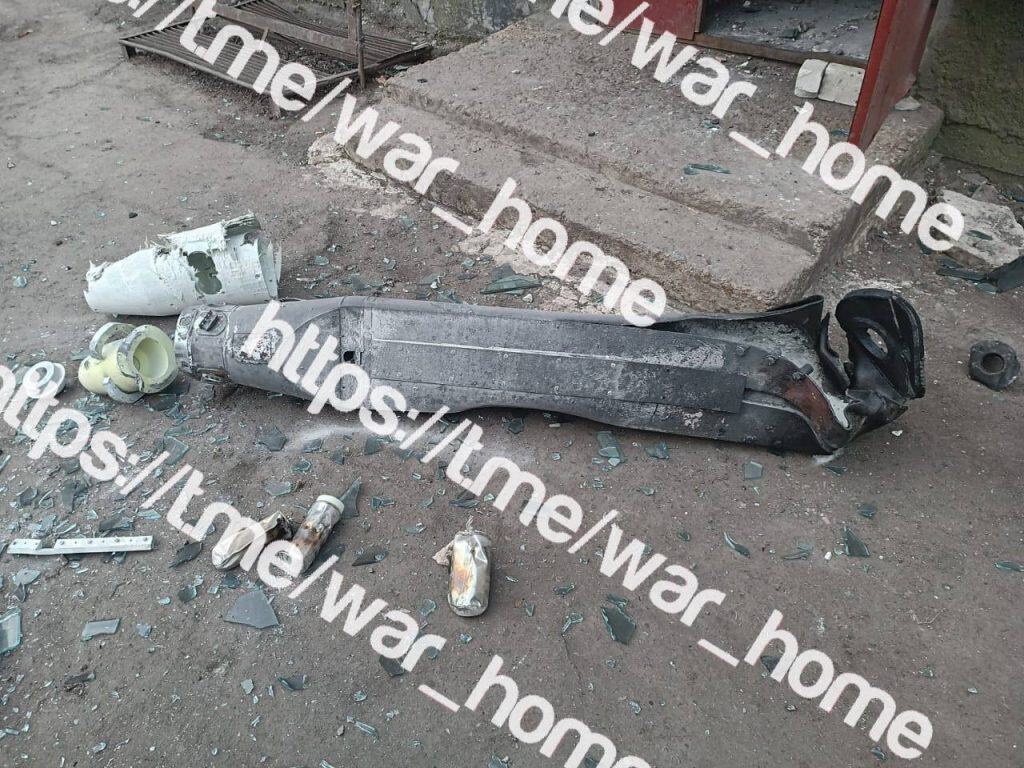
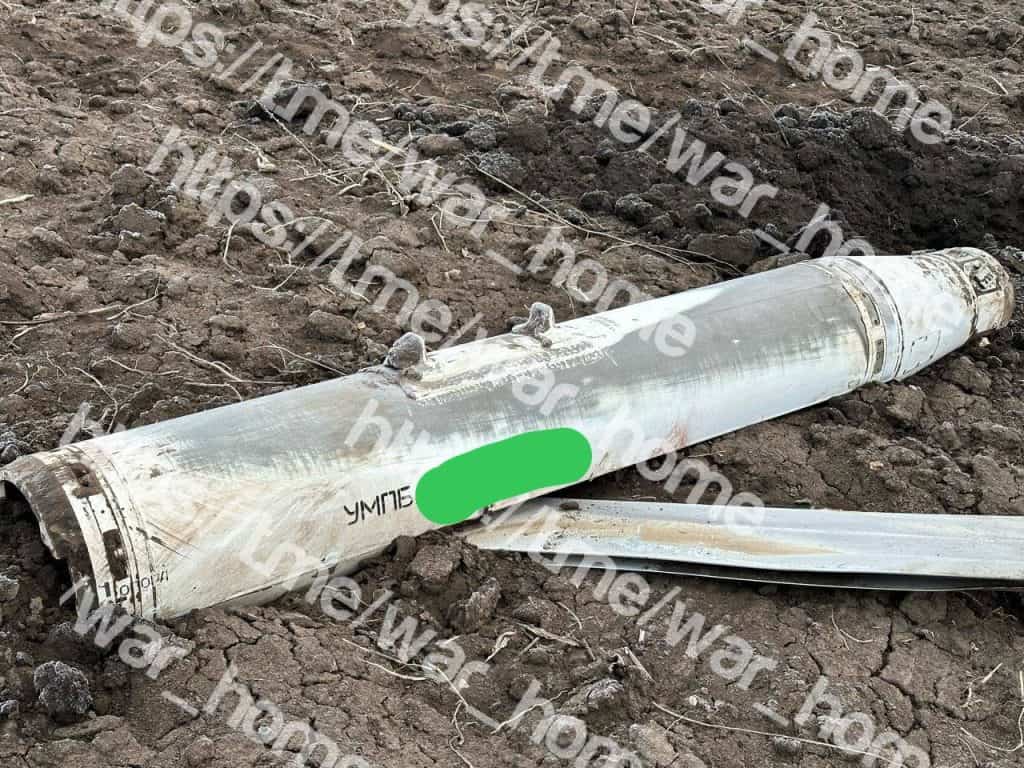
The Russian Telegram channel, which is close to the Russian Air Force, indicated the UMPB was still in testing. The channel explained that “UMPB” is short for “Universal Interspecific Glide Munition” or “Universal Interspecific Glide Bomb.” The munition has a diameter of 30 cm and a warhead weighing over 100 kilograms, the channel said. Later, following a UMPB strike on May 1, a Ukrainian official said the bomb contained “about 100 kilograms of explosives.”
There has been much speculation about a potential ground-launched version of the UMPB. The Russian channel noted that the word “Interspecific” implies the munition can be launched both by aircraft and by multiple launch rocket systems such as the Tornado-S. In the ground-launched version, a rocket is attached, the channel said, adding that the air-launched version currently has no engine but would likely receive one later. The potential ground-launched version would resemble the newly developed Ground Launched Small Diameter Bomb (GLSDB), which Ukraine recently received from the United States but reportedly abandoned after Russian electronic warfare and other issues rendered it ineffective.
To date, however, there has been no evidence that Moscow has developed a GLSDB analog or put an engine on the air-launched version.
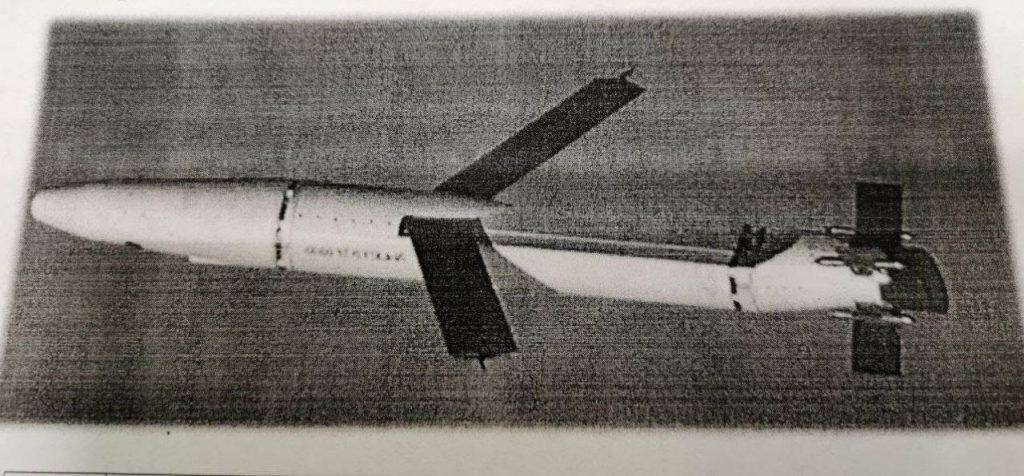
With the SDB, target coordinates can be programmed either on the ground or after the aircraft has taken off. The latter option is useful for prosecuting time-sensitive targets. Whether the UMPB D-30SN has this capability remains unknown.
The UMPB D-30SN’s maximum range is unclear but likely exceeds that of the UMPK. According to the Ukrainian Air Force, the UMPK has a range of around 70 kilometers. (That figure probably varies somewhat depending on the type of bomb used.) Russian Su-34 strike fighters typically release UMPK-equipped bombs around 35 to 50 kilometers from the front line to avoid Ukrainian air defenses. Following a March 27 strike in Kharkiv, local officials tentatively assessed that the UMPB has a range of around 90 kilometers.
That figure remains unconfirmed but seems plausible given that the UMPB is more aerodynamic than the UMPK. A desire for a longer range was probably one reason Moscow developed the UMPB in the first place. It is probably no coincidence that since Russia introduced the new bomb, Kharkiv has suffered regular UMPB strikes after having reportedly not experienced a bomb strike since early in the war. To hit the city using UMPK-equipped bombs, Russian aircraft would have to come dangerously close to Ukrainian-controlled territory.
Available evidence suggests the UMPB is more accurate than the UMPK, too. However, the UMPB is a complement to, not a replacement for, the UMPK.
The UMPB’s Design
Prior to the UMPB’s introduction, the Russian defense industry had explored other designs for an SDB analog. In 2021 and 2022, Russian bomb maker GNPP Region filed patents for designs of a munition described as comparable to the SDB, except with biplane wings and tail fins. The company claimed its designs would allow for superior range while reducing cost by around 1 million rubles ($11,160) per bomb. The SDB costs around $40,000 per unit.
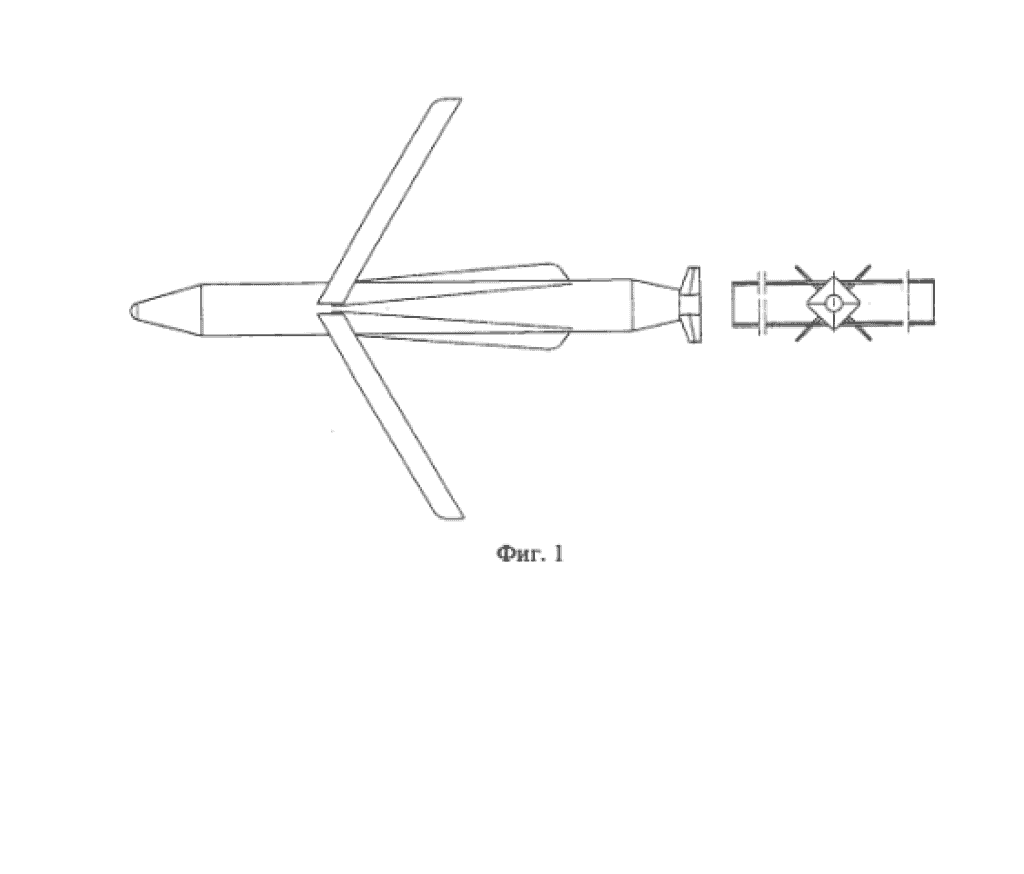
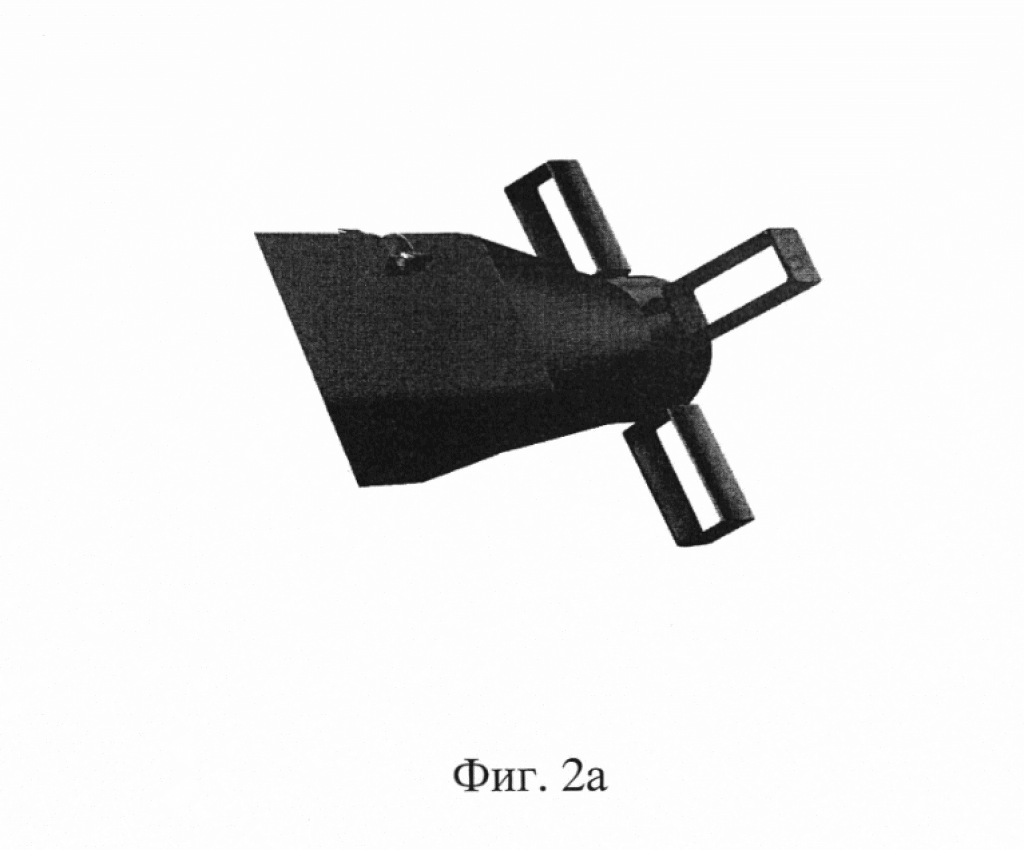
Interestingly, the UMPB breaks with those designs. Photos of intact bombs published by Russian Telegram channels over the past few weeks, along with previous pictures of UMPB wreckage, confirm it has monoplane wings and tail fins. Given the different design, the UMPB may have been developed on an accelerated timeframe, like the UMPK. The UMPB seems noticeably less crude than the UMPK, though.
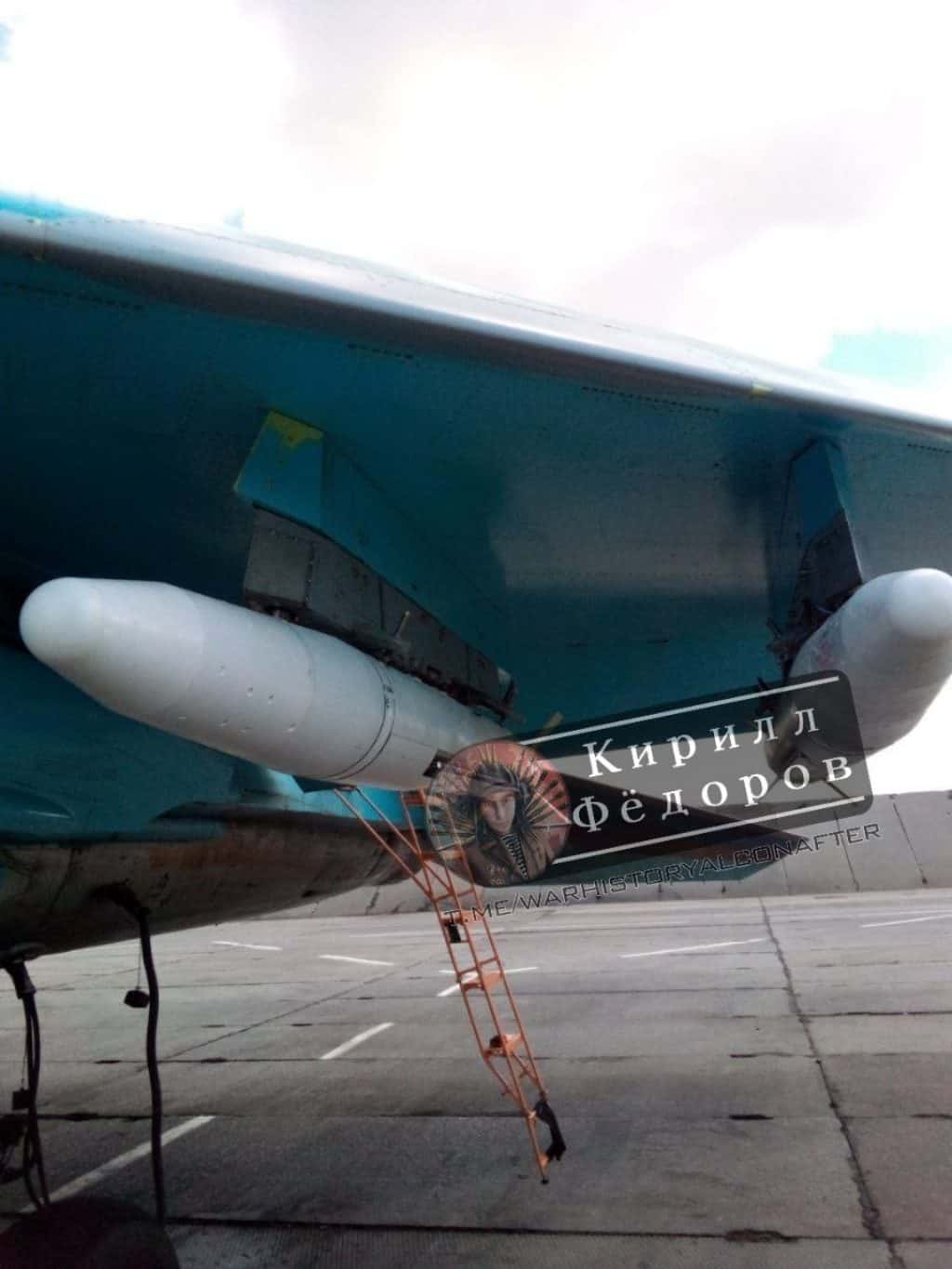
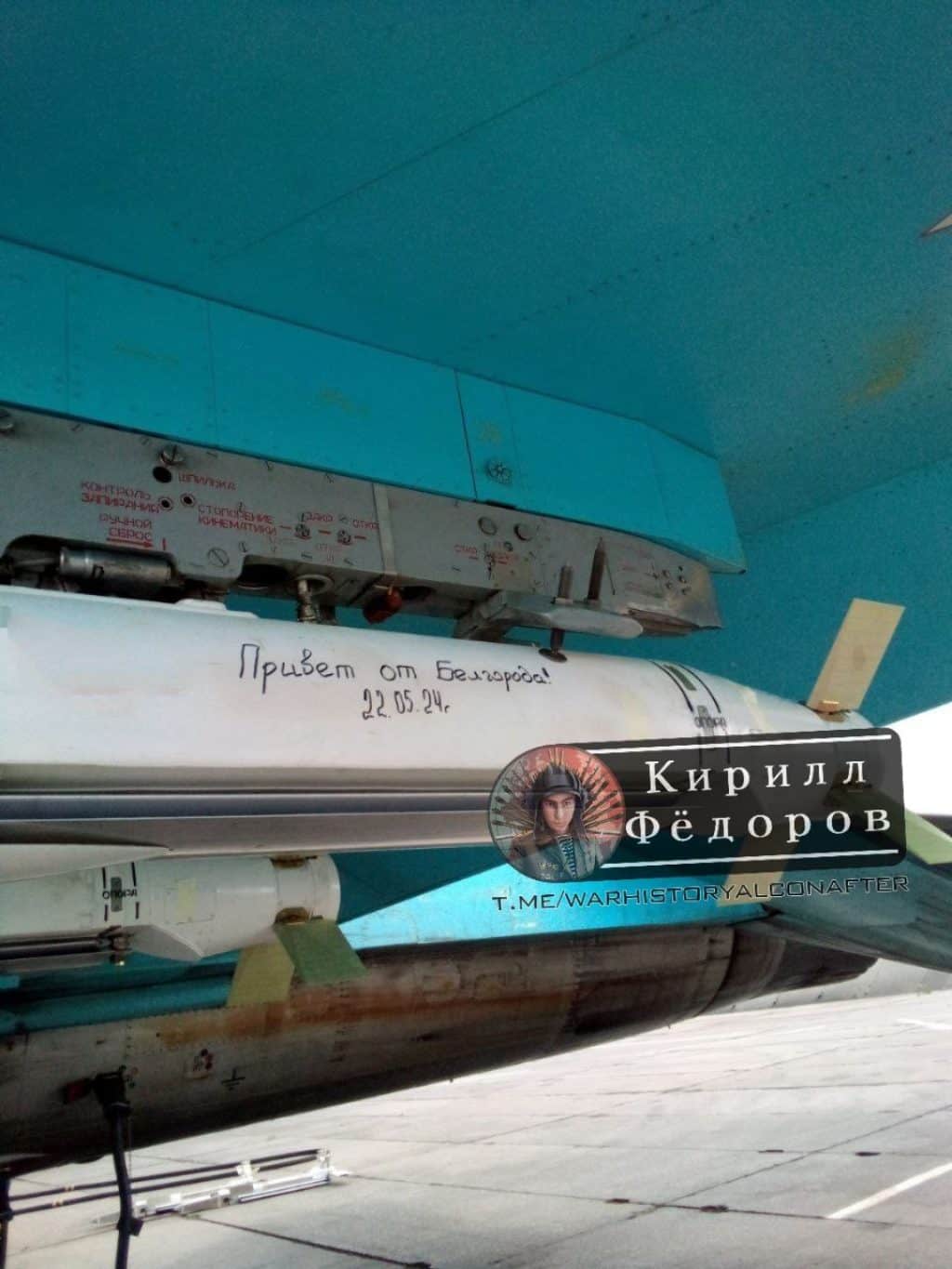

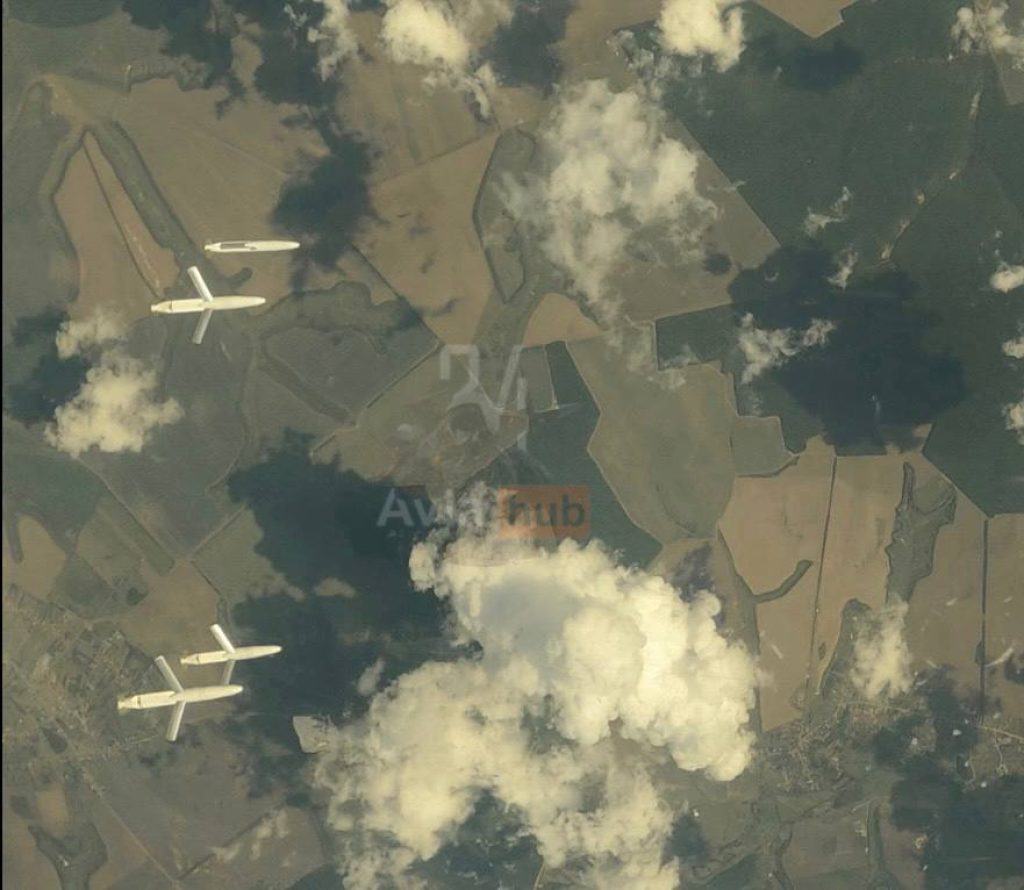
The Russians may still be tweaking the UMPB D-30SN’s design. On May 31, a Russian Telegram channel posted photos of UMPBs under the wings of Su-34s. In one of the pictures, the tail fins on the UMPBs are shaped differently than those on the bombs in the other photo and on previously seen UMPBs.
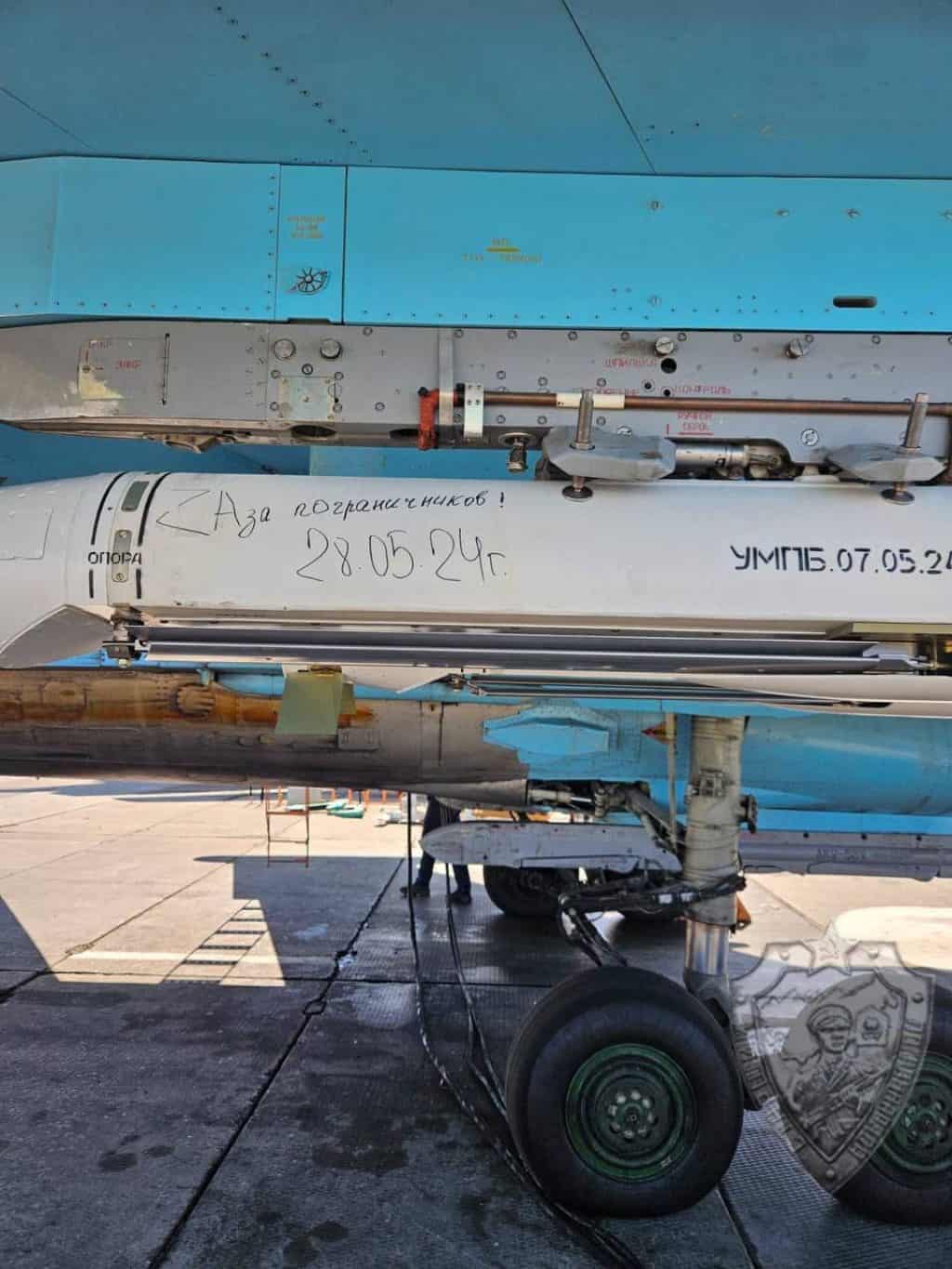
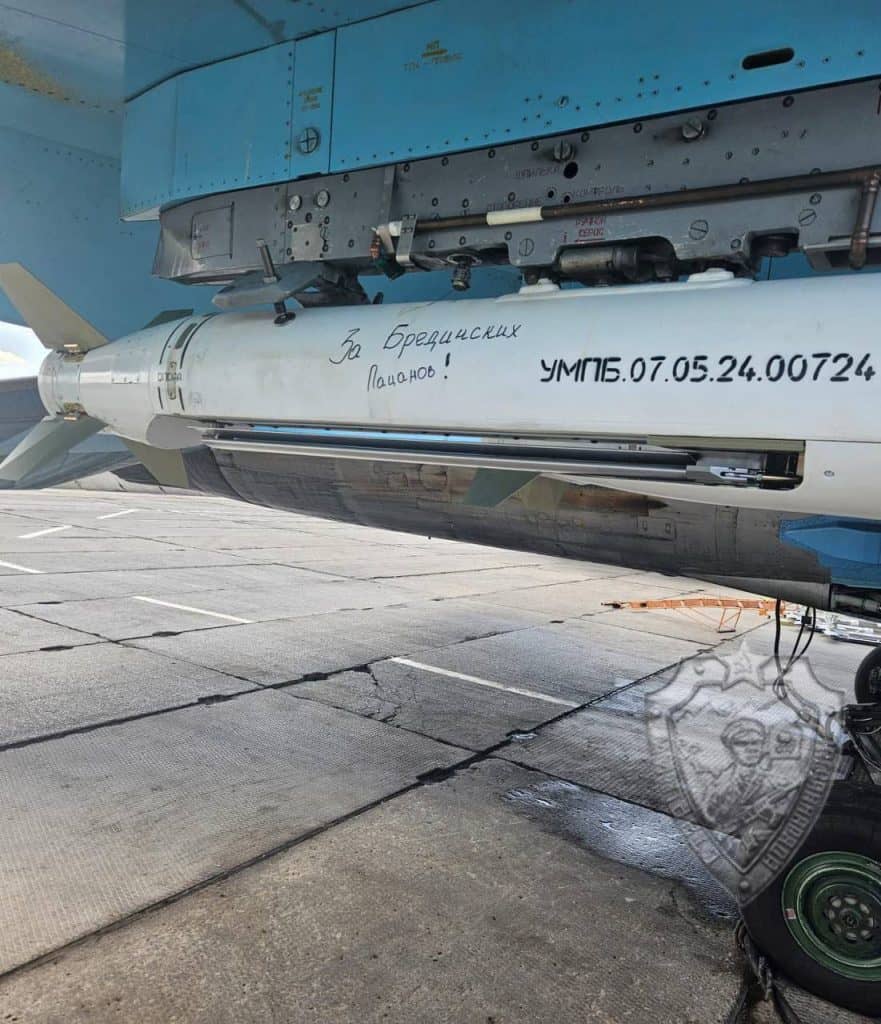
One important difference between the SDB and UMPB concerns the carriage system. As discussed earlier, a major benefit of 250-pound-class bombs like the SDB is that their smaller size allows for increased aircraft loadout and thus a greater number of kills per sortie. The SDB uses the BRU-61/A four-weapon smart pneumatic carriage system. The BRU-61/A has its own avionics system and enables a single weapon station to carry four GBU-39/B bombs in place of one 1,000-pound or 2,000-pound bomb. For example, an F-35 might carry eight SDBs, while the A-10 can carry up to 16. Ukrainian MiG-29s appear to be carrying up to eight SDBs.
However, Russia apparently has not developed an analog of the BRU-61/A. In the photos shown above, Su-34s are seen carrying UMPB D-30SNs on separate pylons. This arrangement constricts the number of weapons an aircraft can carry. While Russia does have two-place pylons that theoretically could allow aircraft to carry more UMPBs, the maximum quantity is still lower than that offered by the BRU-61/A.
In posts by Russian Telegram channels on May 22 and May 24, Su-34s are seen releasing three and four UMPB D-30SNs, respectively. Likewise, reports from Ukrainian authorities on over 80 different UMPB strikes, along with drone footage of reported UMPB strikes, suggest Russian aircraft are launching no more than four at a time — and often fewer. For comparison, Russian Su-34s also routinely carry four larger, 500-kilogram bombs equipped with UMPKs.
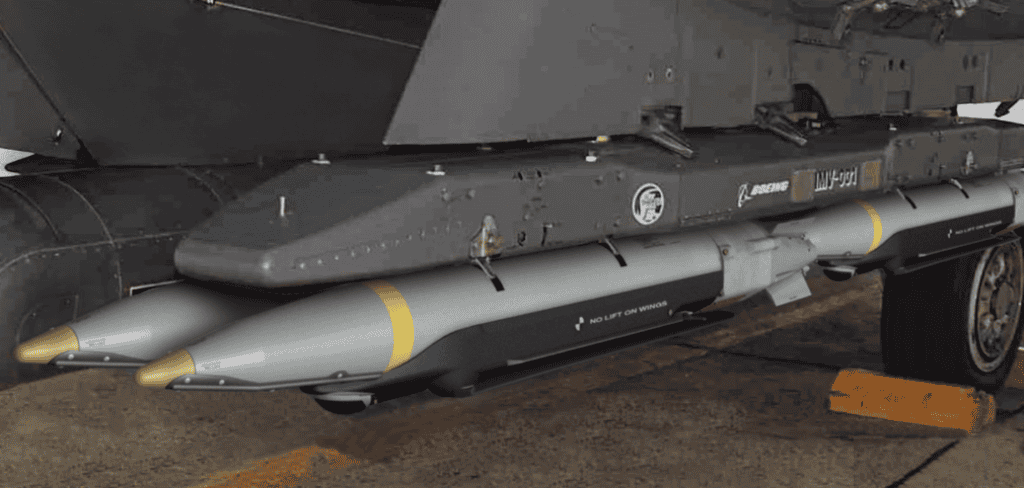

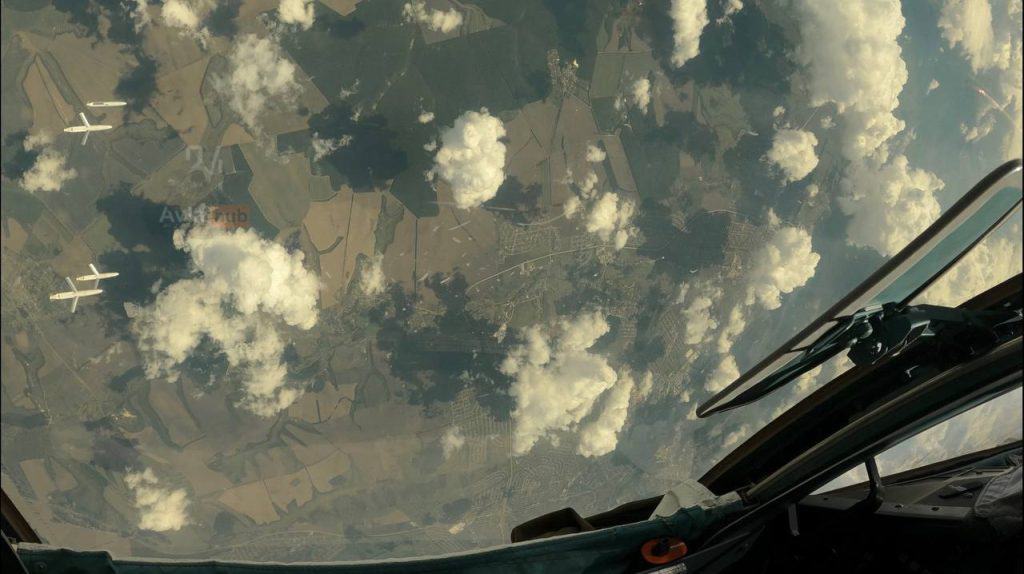
UMPB Production Rate
One can tentatively estimate Russia’s current UMPB production rate using information obtained from bombs employed in Ukraine. Russian weapons often bear serial numbers that provide clues as to how many have been produced. The UMPB appears to be no different.
The first publicly seen UMPB bore a serial number that was partially censored but began with “UMPB 0.” On March 28, a Ukrainian official shared a photo of another UMPB following a strike in Kharkiv the day prior. While the beginning of the serial number was obscured, it ended in “24.00086.” Later, the Kharkiv Oblast Prosecutor’s Office published a photo of a UMPB D-30SN reportedly launched at a shopping center in Kharkiv on May 25. This time, the entire serial number was visible: “UMPB.07.05.24.00757.” In addition, the aforementioned photos posted on May 31 show two UMPBs with serial numbers that were partially or fully visible. Both serial numbers began with “UMPB.07.05.24,” and the complete one read “UMPB.07.05.24.00724.”
The first six digits of the UMPB’s serial number may signify the date of production. In other words, the bombs whose serial numbers began with “UMPB.07.05.24” may have been manufactured on May 7, 2024. The serial number’s last five digits probably indicate how many bombs have been produced. For example, the UMPB whose serial number ended in “00757” may have been the 757th one made.
If these assumptions are correct, Russia produced at least 671 UMPB D-30SNs in the 41 days from March 27 to May 7, or over 16 per day. The true number could be higher. As time passes, the production rate will likely rise, as seems to have happened with the UMPK.
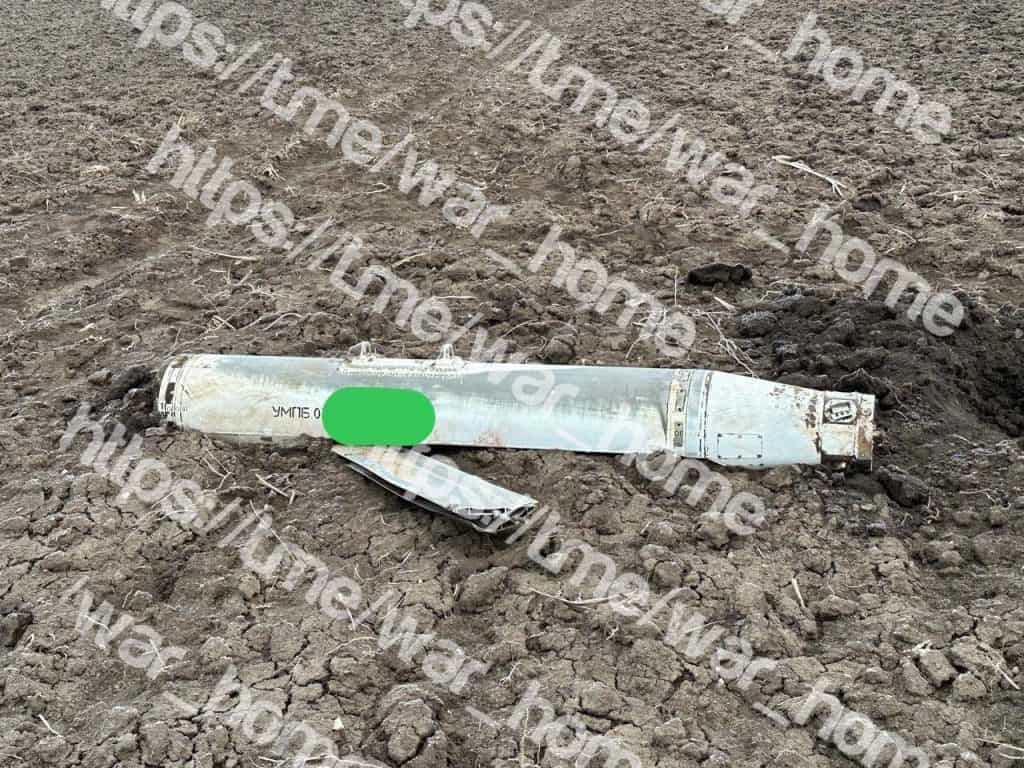
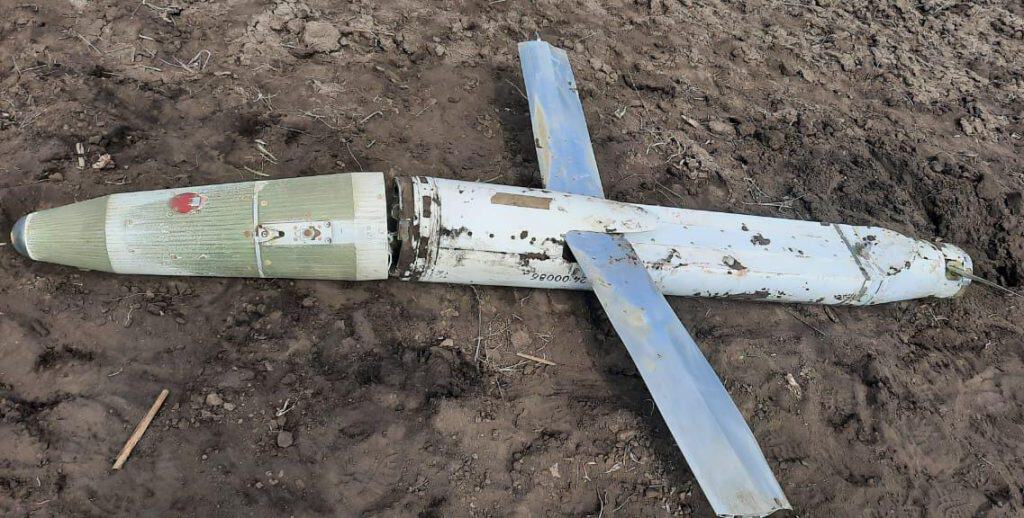
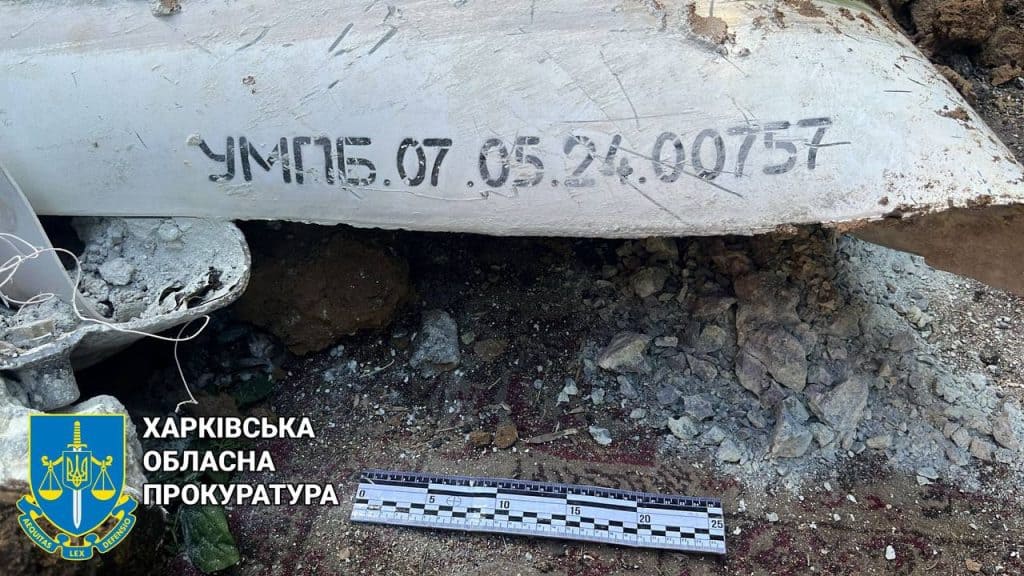
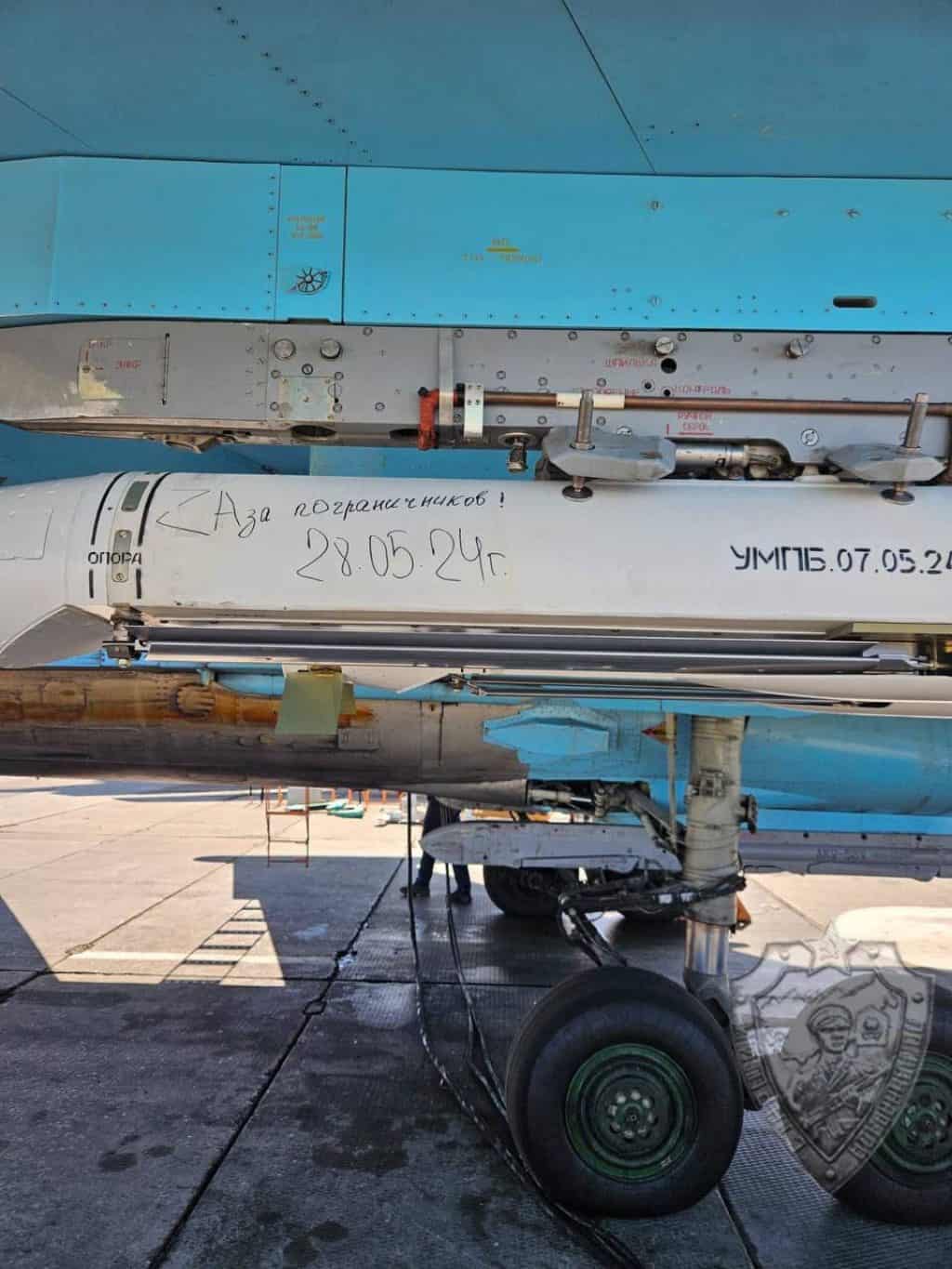
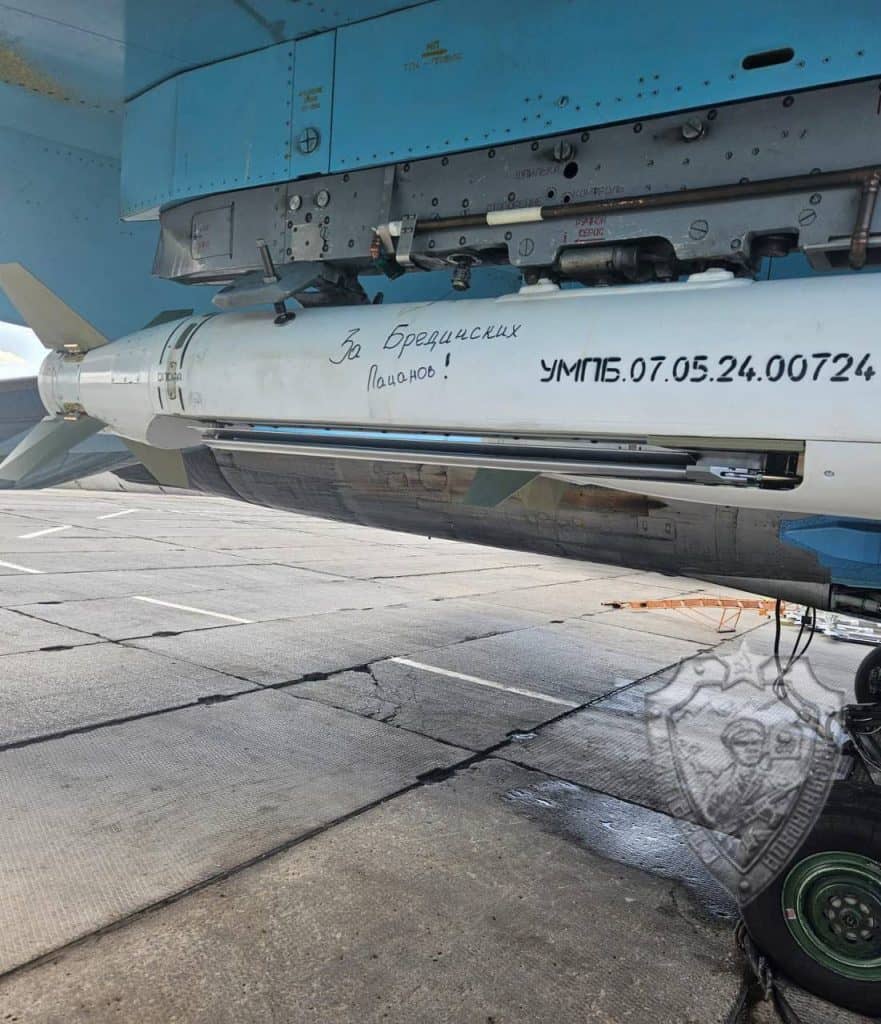
Conclusion
While much about the UMPB remains uncertain, what is clear is that the Russian Air Force has recognized it requires large stocks of standoff PGMs and is working to fill that gap. This will continue to compound Ukraine’s shortage of air defenses.







